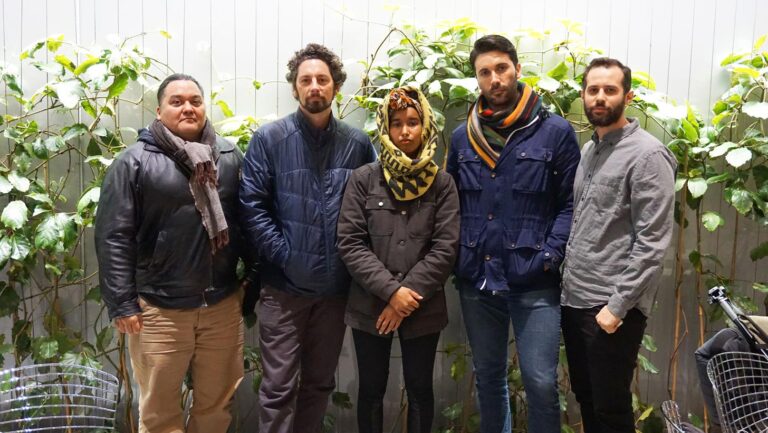Arts Interview: Creative Economy
New Exhibition Asks Where Our Values Are


Debtfair speaks candidly to economic realities we all struggle with.
Tal Beery
Latest Article|September 3, 2020|Free
::Making Grown Men Cry Since 1992


Debtfair speaks candidly to economic realities we all struggle with.
Tal Beery


